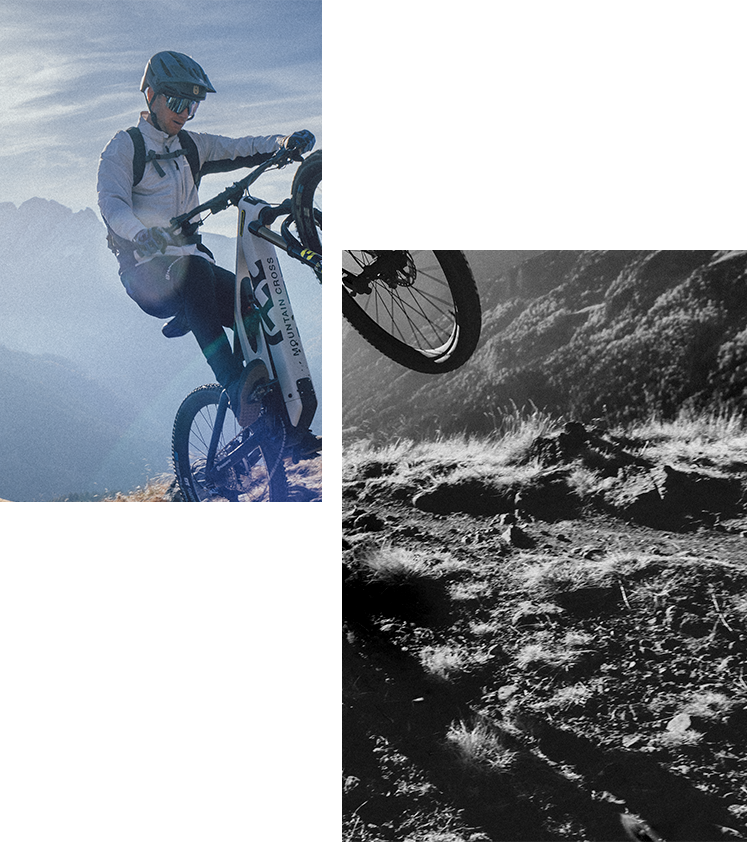How to dress right for winter mountain biking
Mountain biking doesn’t have an off-season, so whatever the weather don’t miss a bike ride. Getting properly suited and booted for winter will make those cold weather spins all the more fun...
Thermal Base Layer
Keeping warm is all about layers, starting with the all-important base layer. They need to be high-quality, long-sleeved (for the shirt) and be a snug fit – not too tight, or loose. The idea is to allow your body heat to warm the air trapped between the garment and your skin. The material also needs to be fast drying, wicking moisture away from your skin when you sweat. Merino wool is best.
Winter cycling gear
Most clothing companies offer winter-specific riding kit. Considered a mid-layer - full-length sleeve jerseys with wind block fabric keep your upper body warm. Switching from shorts to pants is a must. Look for pants that are waterproof too.
Jacket
A good riding jacket should be waterproof and breathable to prevent you from overcooking on the climbs. It’s designed to maintain a level of warmth while riding, but at the same time keep you insulated and warm when stopped. Vents in the arms, front and rear help control temperature when working hardest. Look for a jacket with waterproof zippers to prevent rain leaking through. A hood is great for rainy days.
Socks
Nobody likes cold feet, so do all you can to keep them warm. It’s not an easy task, but protecting your feet from mud, water and snow is essential. Invest in a proper set of waterproof thermal winter socks - knee length is great for covering your shins, too.
Gloves
You can’t mountain bike comfortably or maintain proper use of a bike’s controls with cold hands. Winter gloves offer a balance between warmth, breathability and protection from the elements. The back of the hand area will tend to be thicker to act as a wind breaker, while the palm will be thinner to increase feeling of the handlebars and controls.
Neck warmer
Often overlooked, a neck warmer can prove an essential, versatile and cheap piece of kit to wear. Not only will it keep your neck warm, but there’s also the option of pulling it up over your face and ears when it gets extra cold. Multi-purpose, they can be worn as a head scarf, used for drying sweat from your face and even as a face mask, if needed.




